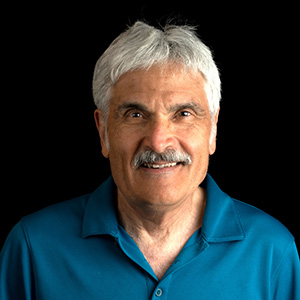Attie named honorary professor
Alan Attie has been named the Henry and Annrita Lardy Professor of Biochemistry by the Wisconsin Alumni Research Foundation, or WARF. He is one of ten who received this honor in 2025. This award includes $100,000 in research funding and recognizes faculty who have made major contributions to the advancement of knowledge through their research endeavors and their teaching and service activities. Henry Lardy was a professor of biochemistry at the University of Wisconsin–Madison from 1945 to 1988, where he studied pathways of cellular metabolism. He and his wife, Annrita, were longtime supporters of biochemical sciences.

Attie is a professor of biochemistry at UW–Madison. His lab investigates the genetic and biochemical mechanisms underlying metabolic diseases, including β-cell function, insulin secretion, lipid metabolism and gene–diet interactions. Attie is a fellow of the American Association for the Advancement of Science and a former Shaw Scholar. He has also received an Established Investigator Award from the American Heart Association. Attie serves as an associate editor for the Journal of Lipid Research.
“I am deeply honored to be named a WARF professor,” Attie said in a UW–Madison press release. “I owe this recognition to the many extraordinary people who have contributed to our work. I am especially grateful to the talented individuals who have devoted years — often decades — to research in my laboratory, as well as the brilliant graduate students, postdoctoral fellows and undergraduates.”
Enjoy reading ASBMB Today?
Become a member to receive the print edition four times a year and the digital edition monthly.
Learn moreGet the latest from ASBMB Today
Enter your email address, and we’ll send you a weekly email with recent articles, interviews and more.
Latest in People
People highlights or most popular articles

In memoriam: Michael J. Chamberlin
He discovered RNA polymerase and was an ASBMB member for nearly 60 years.

Building the blueprint to block HIV
Wesley Sundquist will present his work on the HIV capsid and revolutionary drug, Lenacapavir, at the ASBMB Annual Meeting, March 7–10, in Maryland.

In memoriam: Alan G. Goodridge
He made pioneering discoveries on lipid metabolism and was an ASBMB member since 1971.

Alrubaye wins research and teaching awards
He was honored at the NACTA 2025 conference for the Educator Award and at the U of A State and National Awards reception for the Faculty Gold Medal.

Designing life’s building blocks with AI
Tanja Kortemme, a professor at the University of California, San Francisco, will discuss her research using computational biology to engineer proteins at the 2026 ASBMB Annual Meeting.

Jordahl named Gilliam Fellow
He will receive three years of funding to support his thesis research.

